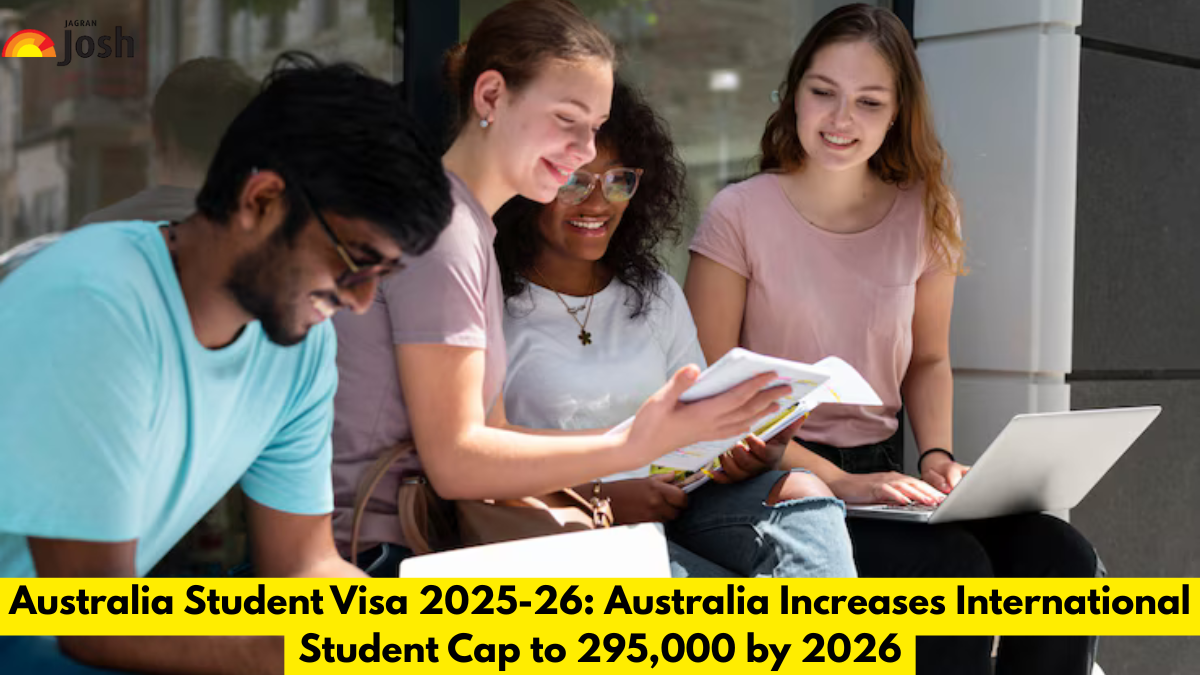Australia Student Visa 2025: Australia's government will increase the national planning level from 270,000 to 295,000 international student enrollments in 2026, marking a significant policy change. This new cap shows a deliberate growth in international education, even though it is still 8% below the post-Covid peak.
In order to ensure long-term institutional growth and excellent student experiences, the policy, known as "managed growth," aims to strike a balance between higher enrollment and robust safeguards. This strategy reflects a cautious and regulated expansion and is in line with Australia's broader economic, diplomatic, and housing goals. The government wants to accommodate more students while making sure that the housing and educational infrastructure sectors can adequately handle this expansion.
How is the 295,000 cap structured across sectors?
-
The cap has been split down by kind of institution for 2026:
-
Up to 145,000 more overseas students will be able to enroll at public universities.
-
A maximum of 95,000 students may be enrolled by Vocational Education and Training (VET) providers.
-
Thirty thousand spots have been allotted to private universities.
These figures are part of a quota-based system and are specific to each institution. Institutions may request for an increase if they can provide enough student accommodation and have good regional partnerships, particularly with Southeast Asia. Institutions will keep their 2025 allocation into 2026.
Exemptions that benefit transitioning students
The national cap will not apply to every student. To safeguard pupils who are already enrolled in school, the Australian government has instituted several important exemptions:
Related Stories
International students are going straight to public universities from high schools in Australia.
students pursuing university degrees after transferring from TAFE colleges or other pathway providers.
The purpose of these exemptions is to guarantee continuity for students who might otherwise experience delays or uncertainty as a result of cap restrictions.
Institutional adaptability and additional supervision
-
Two key conditions must be fulfilled by educational institutions hoping to grow above their allotted quotas in 2026:
-
shown connections to countries in Southeast Asia, whether by institutional cooperation, student exchange programs, or academic alliances.
-
A dedication to providing sufficient student accommodation in order to prevent further strain on Australia's already overburdened rental markets.
-
The government intends to operationalize the Australian Tertiary Education Commission, a proposed national organization that will assist in managing and regulating enrolment expansion across sectors, in order to support and oversee this framework.
What Indian students should take away
-
This policy change presents both an opportunity and advice for Indian applicants who intend to study in Australia in 2026:
-
There will be more places available, particularly in VET and public universities.
-
A more seamless, unlimited road will be provided by moving from Australian schools or TAFE programs.
-
Additional capacity might be more likely to be offered by universities with close linkages to Southeast Asia and on-campus housing.
-
Indian candidates may not directly benefit from visa favors unless they are connected to government-sponsored initiatives.
-
It is recommended that students begin early, look into schools that meet the new requirements, and keep abreast of any updates from the Australian immigration and education authorities.
Also Read:

Comments
All Comments (0)
Join the conversation